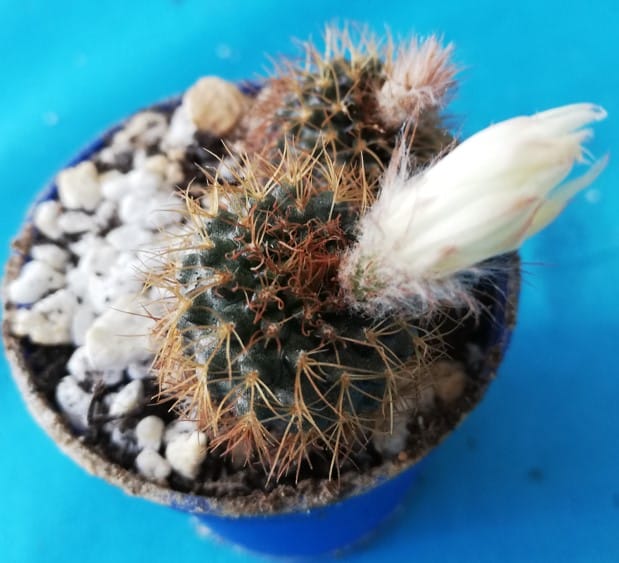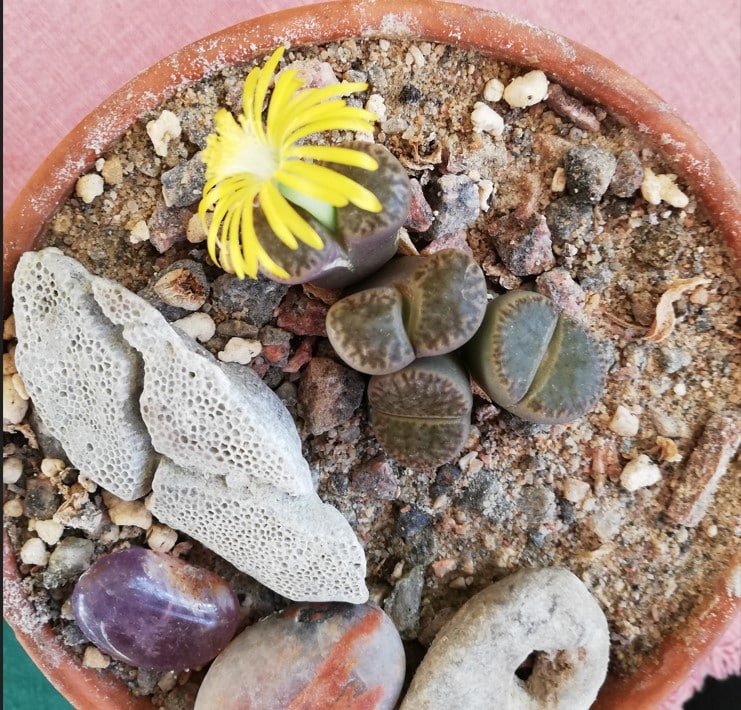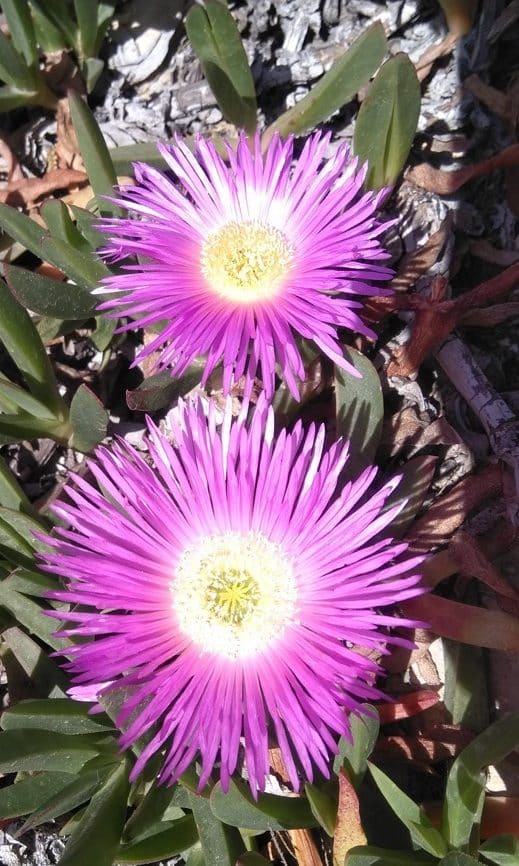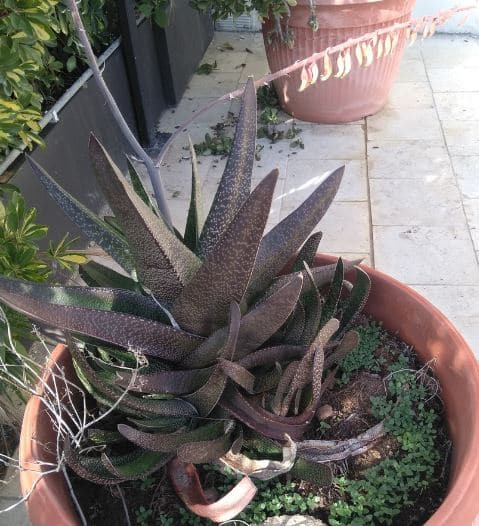FAQ - What is a succulent plant?
Most frequent questions and answers
What makes a succulent plant?
It is pretty easy to determine what is a succulent plant. Typically, they have thick parts that retain water, such as fleshy leaves, trunks, or branches. With the ability to store water, so they can tolerate long periods of drought.
How long do indoor succulents live?
If given the right conditions indoors, succulents will live their normal lifespan. Which, depending on the plant, varies from one season to hundreds of years.
Are succulents indoor or outdoor plants?
It can be both, depending on the hardiness zone. Some plants are very frost sensitive, while others are fine as long as they are kept dry. It is very common to move succulents outside during summer and indoors during winter.
How do you take care of a succulent plant?
Best succulent care varies from plant to plant. But in most cases, they prefer to dry out completely in between waterings. Most succulents prefer a location with full sun exposure, while others prefer protective shade.
Do succulents need sun all day?
Succulents, much like cacti and Lithops, prefer the full sun prime spot. The more sun, the better. During winters, these types of plants prefer to be positioned under a grow lamp indoors, if you have limited hours of daylight.
Is a succulent a good beginner plant?
Some succulents are great for beginners, while others are very difficult even for experienced gardeners. Ease plants for beginners are: Kalanchoe, some cacti, some Euphorbia, Agave, Echeveria and Crassula.
Are cacti also succulents?
Yes, a cactus is a succulent. All cacti are succulents, but not all succulents are cacti. Succulents come, as mentioned above, in many shapes and forms. Cacti are very distinguishable succulents. With their unmistakably compact shape and excellent ability to store water. It is pretty easy to understand what type of plant it is by just looking at it.







